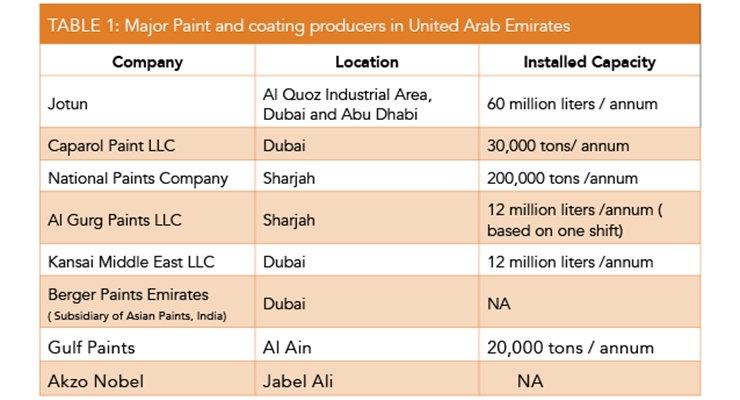Yearning For A Flawless Surface? Discover How Climate Aspects Can Persuade The Success Of Your External Paint Job, Unraveling Essential Tricks For A Specialist Outcome
Yearning For A Flawless Surface? Discover How Climate Aspects Can Persuade The Success Of Your External Paint Job, Unraveling Essential Tricks For A Specialist Outcome
Blog Article
Composed By-Conradsen Pedersen
Understanding how climate condition can influence the outcome of an outside paint endeavor is paramount for attaining a flawless surface. From Whole House Exterior Painting altering paint adhesion to humidity levels affecting drying times, each component of weather plays a substantial duty in the success of your project. In addition, wind speed and rainfall can present unforeseen obstacles that might compromise the quality of the result. As we navigate through the nuances of climate's impact on outside painting, it comes to be apparent that thorough planning and tactical timing are essential for making certain a specialist and resilient outcome.
Suitable Temperature Level Range for Paint
When considering outside paint jobs, the perfect temperature variety plays a vital duty in achieving optimal outcomes. Painting in the best temperature level problems makes sure that the paint sticks effectively to the surface, dries out equally, and remedies properly. Normally, the recommended temperature level array for external paint is in between 50 to 85 degrees Fahrenheit.
Paint in temperatures listed below 50 degrees Fahrenheit can cause problems such as bad paint attachment, prolonged drying out times, and an enhanced possibility of cracking or peeling off.
On the other hand, painting in temperatures above 85 levels Fahrenheit can trigger the paint to completely dry too promptly, resulting in blistering, bubbling, and an uneven surface.
To attain the very best results, it is vital to check the weather forecast prior to starting an external paint job. Ideally, purpose to paint throughout moderate weather conditions with moderate temperature levels and reduced humidity degrees.
Results of Humidity on Paint Drying
Humidity levels considerably impact the drying out process of paint applied to exterior surface areas. High moisture can extend the drying out time of paint, bring about prospective issues such as leaking, spotting, or perhaps the formation of bubbles on the painted surface. Excess wetness in the air decreases the dissipation of water from the paint, impeding the curing process. This is especially troublesome for water-based paints, as they rely upon evaporation for drying.
On the other hand, low moisture degrees can also influence paint drying. Very dry problems may trigger the paint to dry also swiftly, causing inadequate bond and a rough finish. In such cases, adding a paint conditioner or spraying a great haze of water in the air can help manage moisture levels and boost the paint result.
To ensure optimum drying conditions, it is advisable to repaint when the moisture levels vary between 40% and 50%.
Monitoring humidity degrees and taking appropriate measures can help attain a smooth and resilient paint coating on exterior surface areas.
Wind and Precipitation Considerations
Wind rate and rainfall are vital aspects that dramatically affect the success of an external paint job.
When it involves wind, both rate and instructions are important considerations. High wind speeds can trigger paint to completely dry also quickly, resulting in a substandard do with prospective concerns like cracking or unequal texture. In addition, wind can carry debris that might stick to the wet paint, resulting in flaws. For https://fitnessvolt.com/calories-burned-painting-calculator/ , painters ought to intend to service days with light to modest winds for optimal painting problems.
On the other hand, rainfall, whether rainfall or snow, can be very damaging to the outcome of an external paint job. Dampness from rainfall can hinder paint attachment, triggering peeling and bubbling over time. It is crucial to stay clear of painting throughout stormy or snowy climate to make certain the durability and quality of the paint work. Painters must likewise enable enough time for the surface area to dry extensively after any kind of precipitation before starting or returning to the painting process.
Conclusion
To conclude, weather conditions play a significant function in the end result of an external paint task. The suitable temperature level array, moisture levels, wind speed, and rainfall all contribute to the success or failing of the paint work.
It is vital to consider these variables and strategy accordingly to ensure appropriate paint adhesion, drying times, and overall top quality of the finished product.
